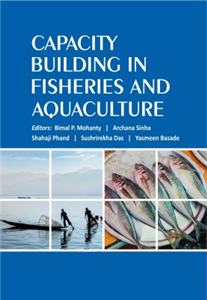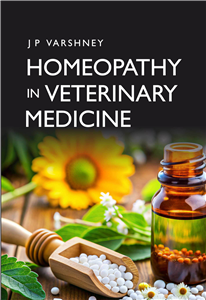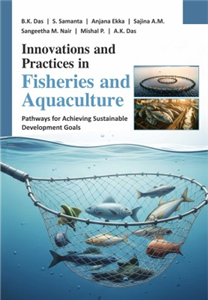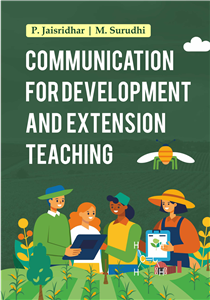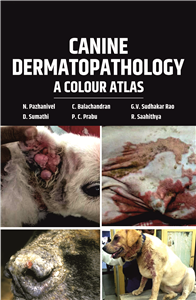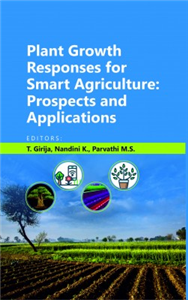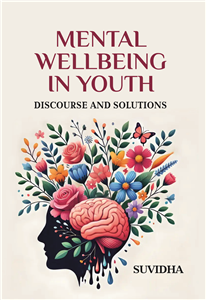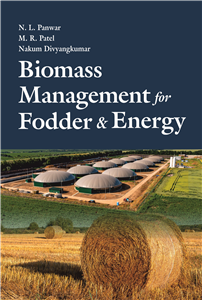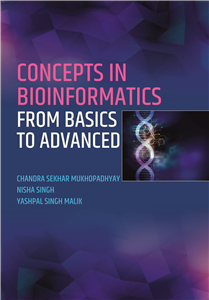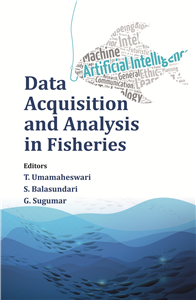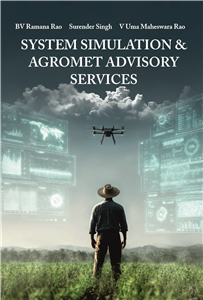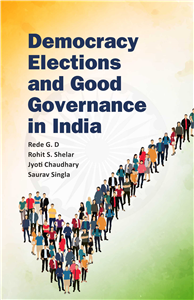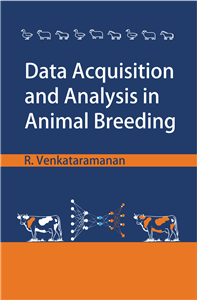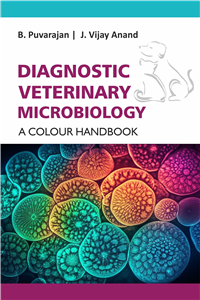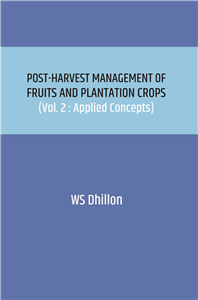Animal husbandry
November 2025
Emerging Trends and Innovations
This book brings together practical, step-by-step protocols that cover the full spectrum of veterinary anatomy and allied laboratory techniques. Part I focuses on gross specimen work—embalming of animals, bone collection and preparation for osteology, museum curation (including taxidermy and alternative teaching tools), glycerin preservation of large specimens, and embryonic/foetal age estimation for developmental studies. Part II presents core histological methods from fixation and paraffin embedding to microtomy and routine/special staining. Detailed chapters address tissue-specific needs (bone, eye, endocrine organs), classic stains (H&E) and targeted protocols for mucopolysaccharides, amyloid, pigments, lipids, nerves, and the diffuse neuroendocrine system, alongside cytology, cytochemistry and cytogenetics. Part III introduces advanced and special techniques including enzyme and lectin histochemistry, immunocytochemistry for stem cells, electron microscopy (SEM/TEM), confocal microscopy, and entry-level molecular analysis (PCR, PCR-RFLP), capped with a concise guide to commonly used special stains and necropsy examination.
Designed for undergraduates, scholars, anatomy and pathology instructors, and laboratory personnel, the book emphasizes reproducible results, specimen integrity, and pedagogical utility in teaching museums.
The protocol-driven coverage, authored by subject specialists, supports ICAR-aligned practical training and day-to-day lab workflows—from gross preparation to ultrastructural and molecular visualization—making it a single, dependable bench reference for veterinary anatomy and histology.




